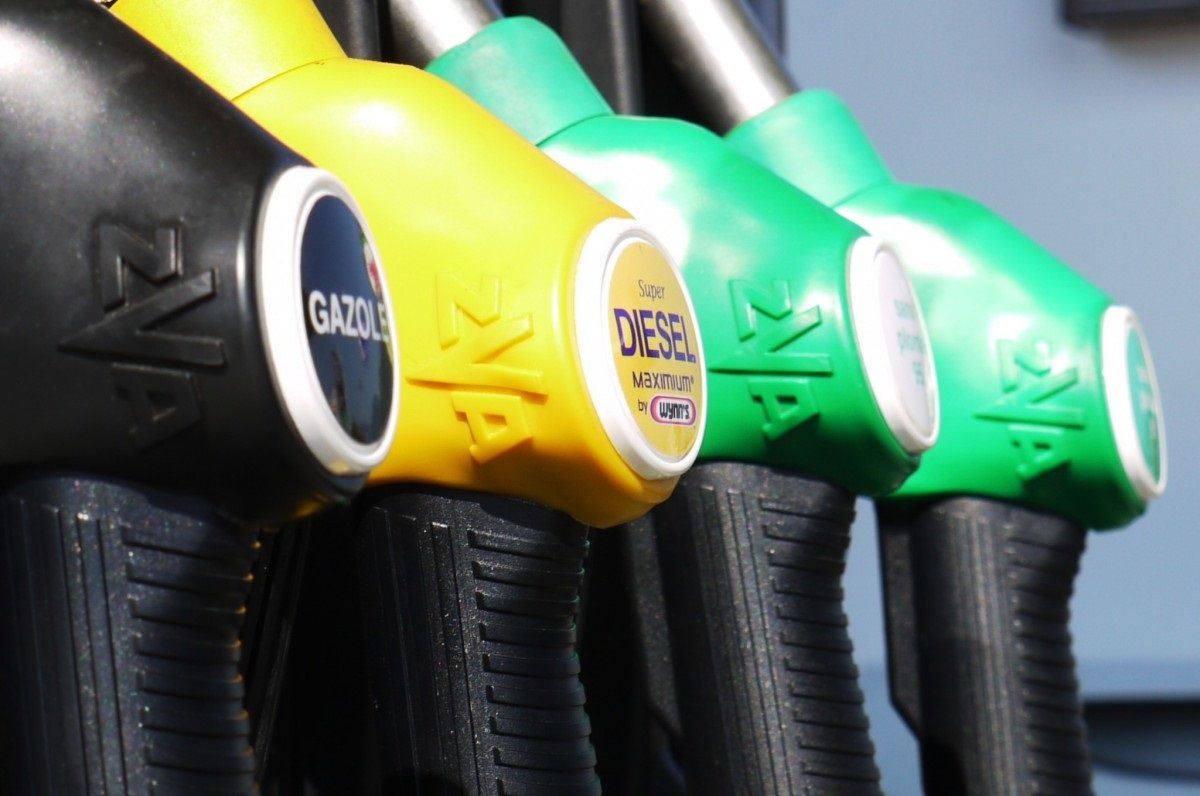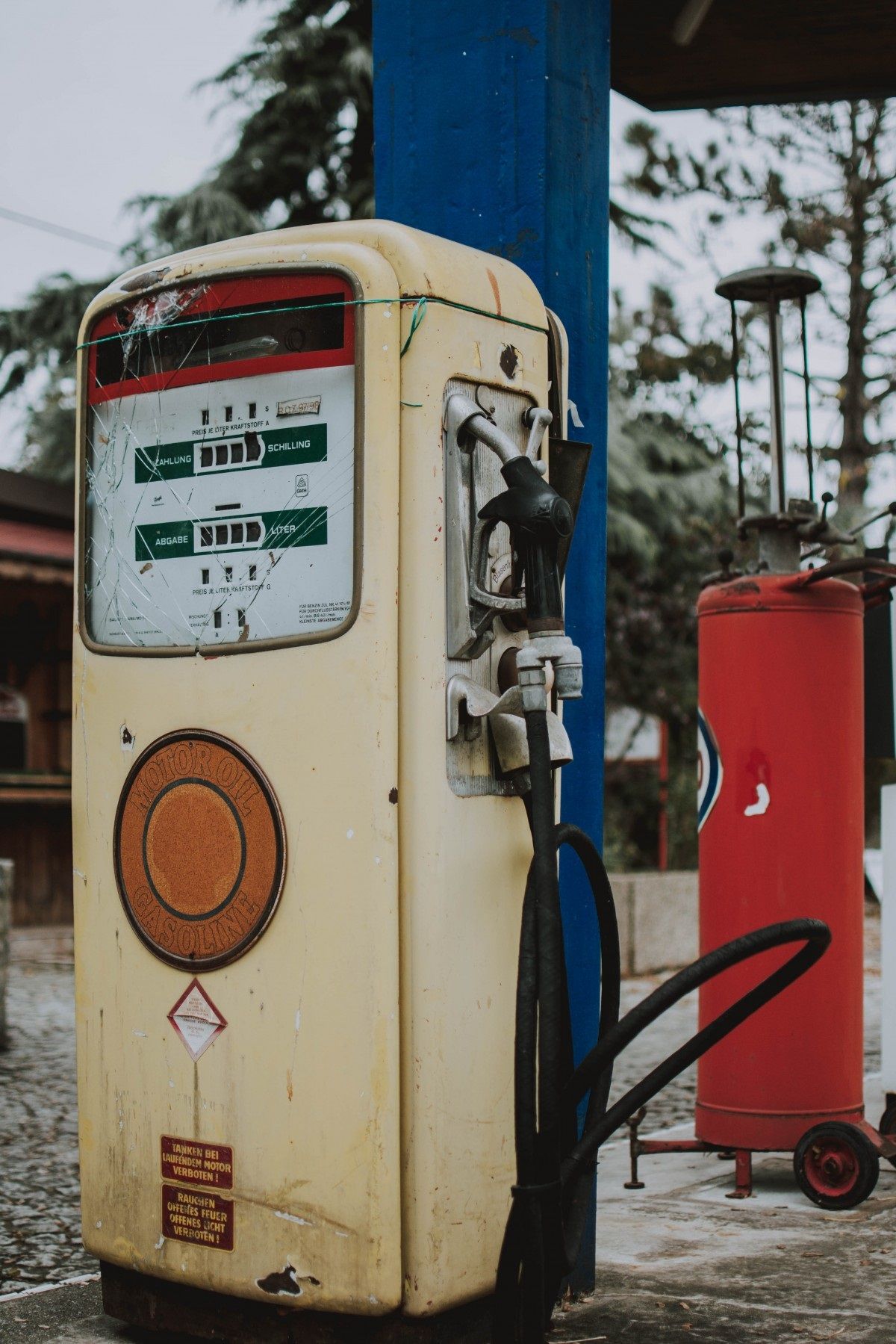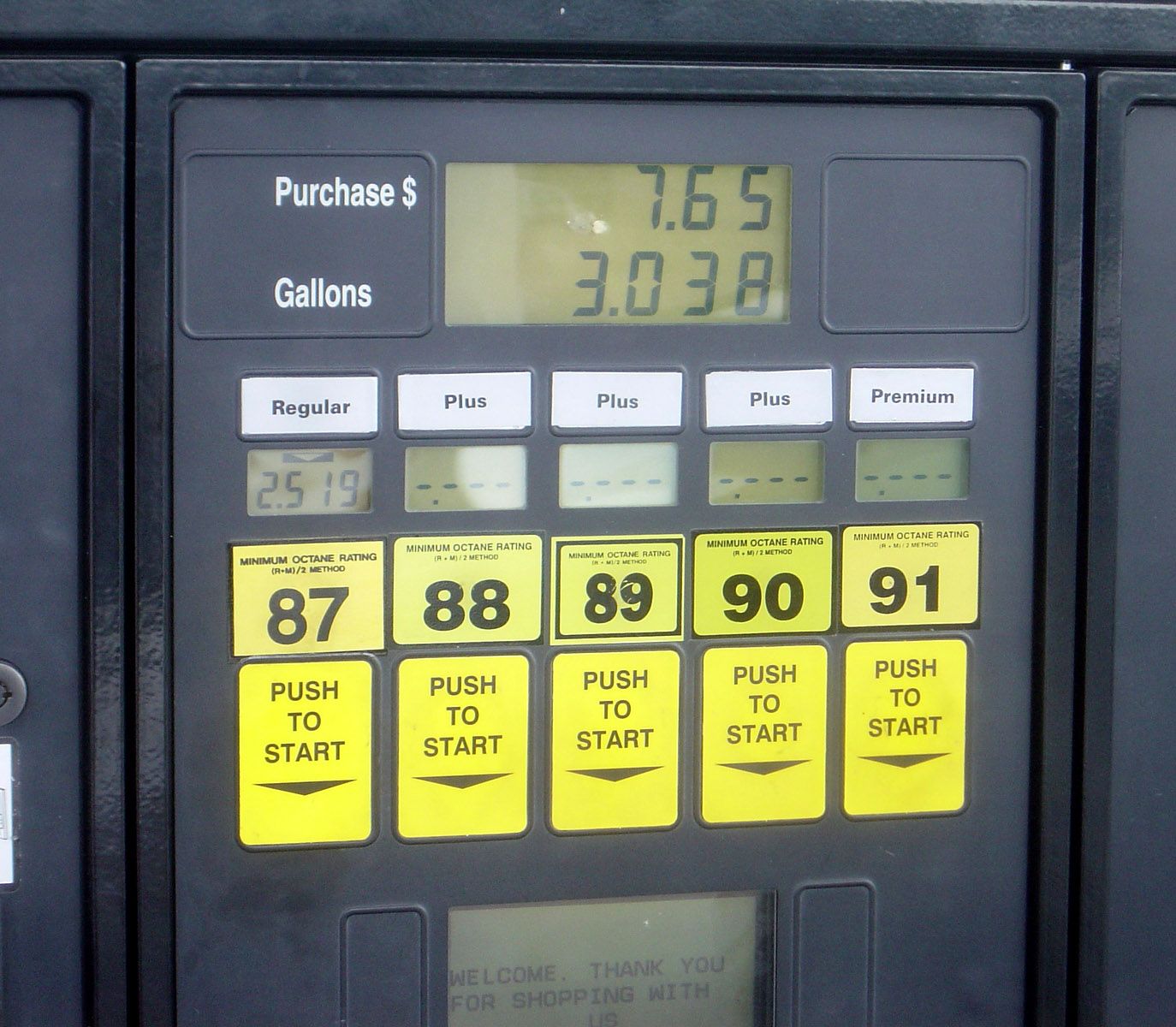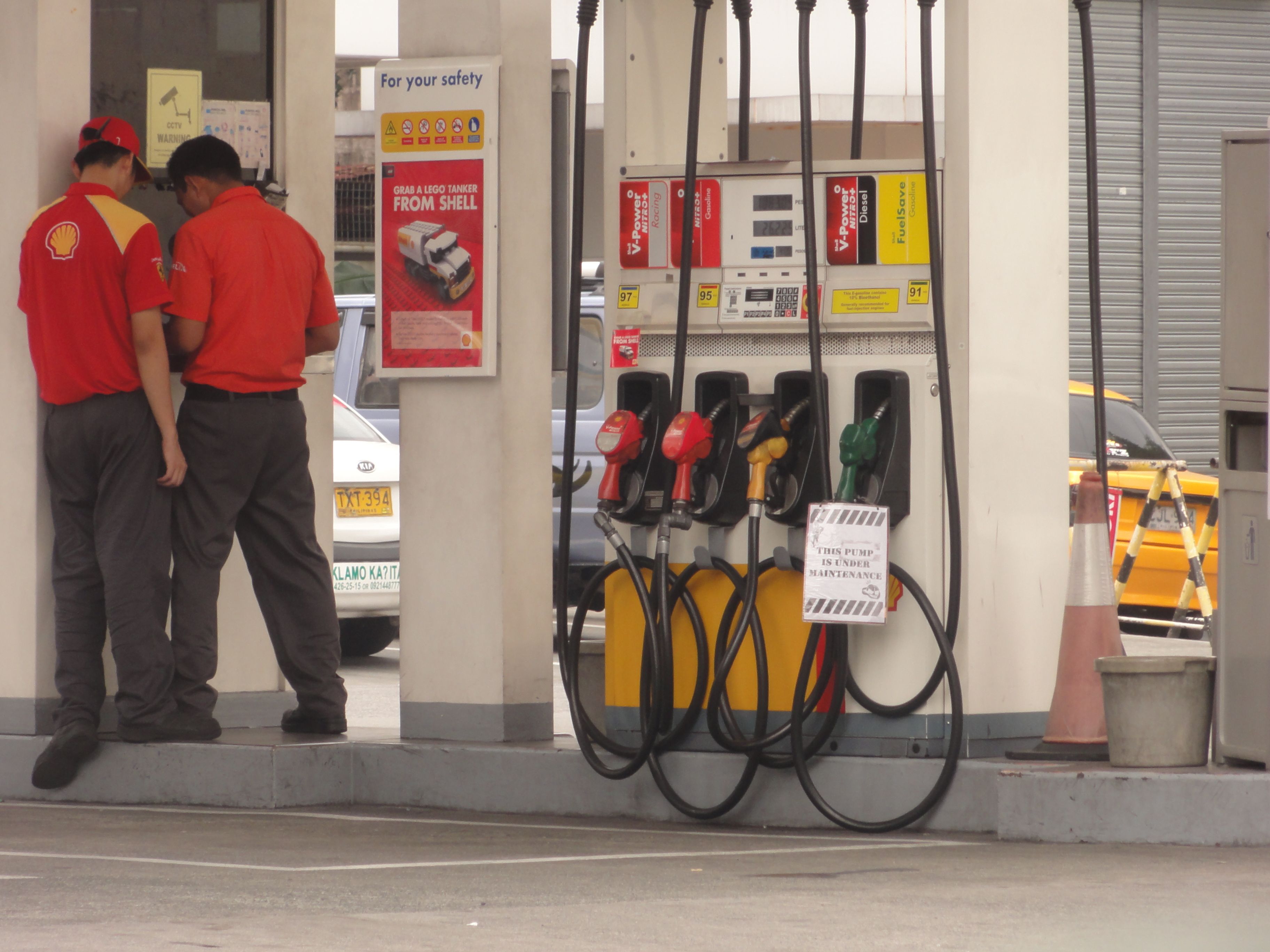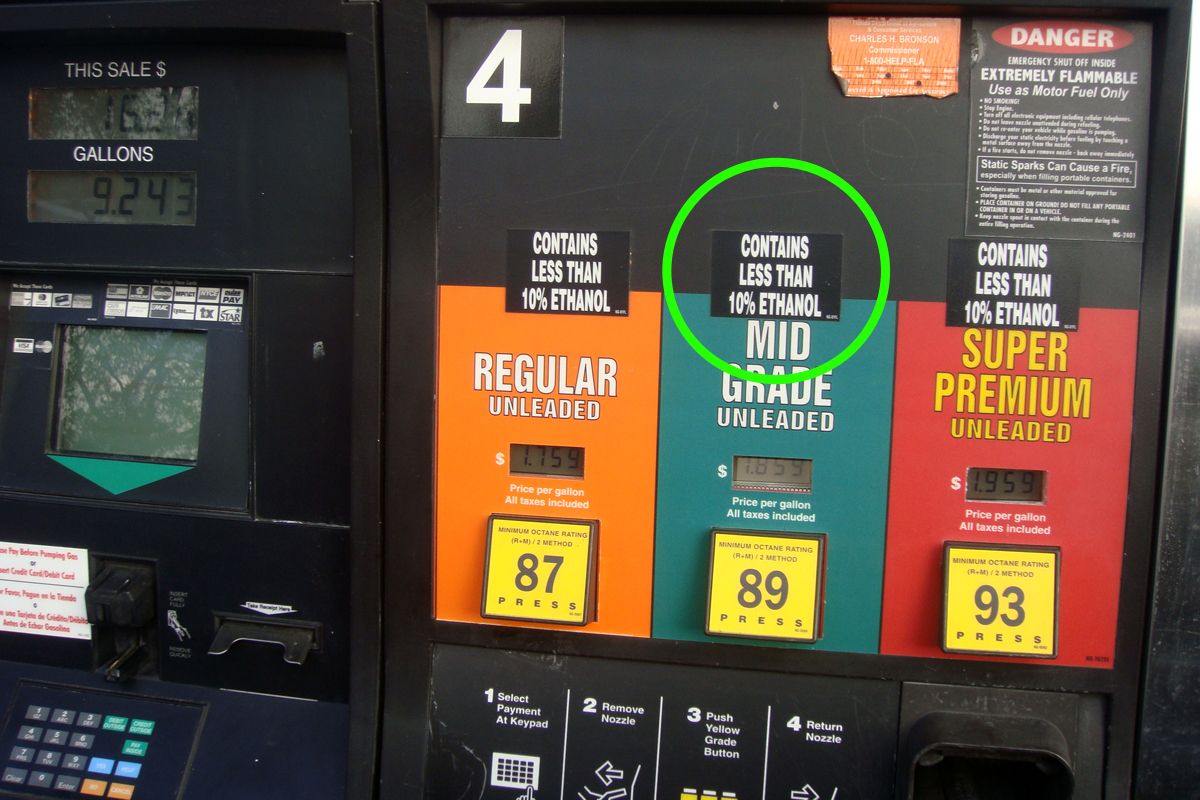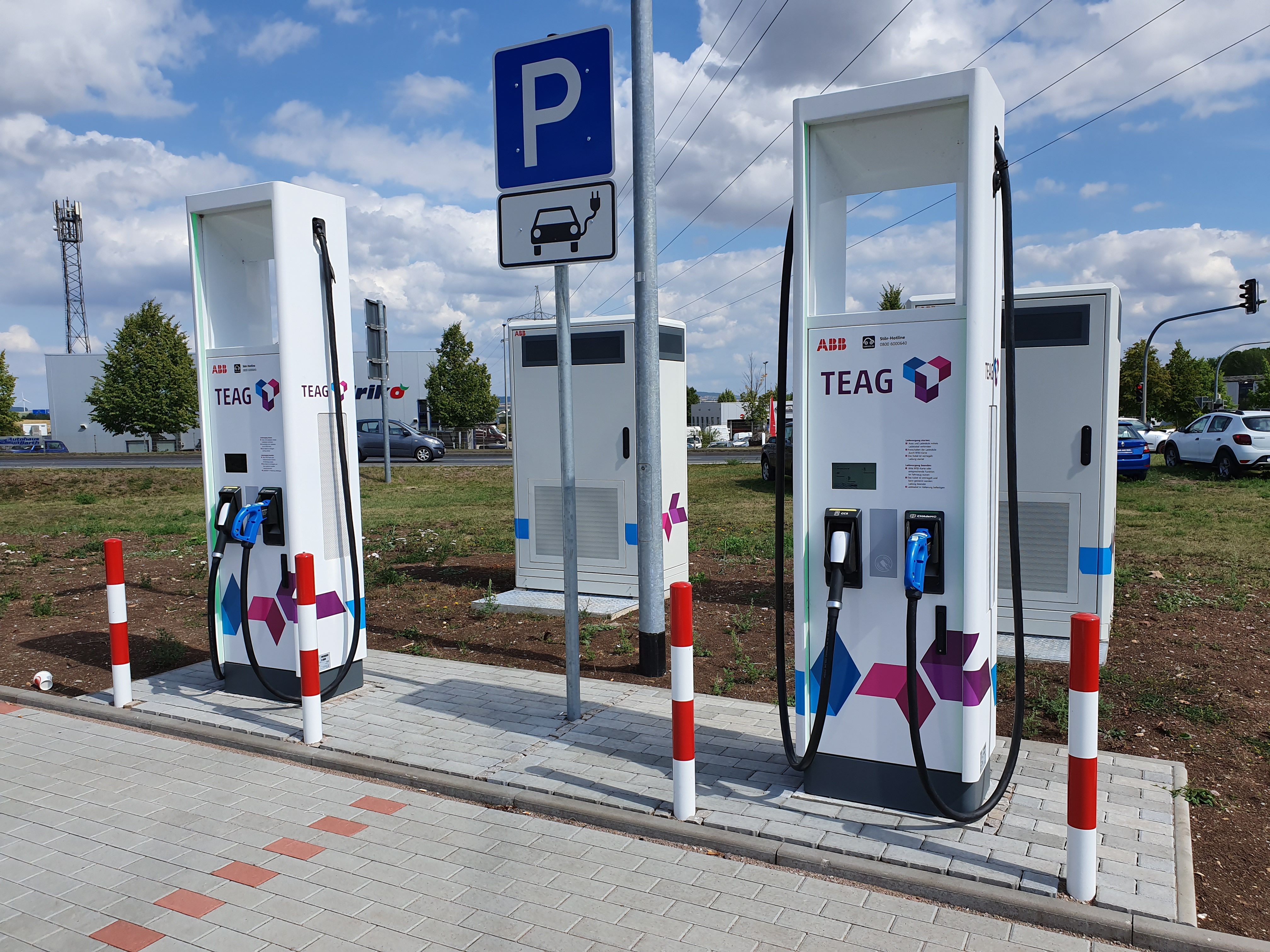Formed initially by liquefied dinosaurs, aka fossil fuels, Gasoline, or petrol (British English) is the all-hail fluid every motorcycle with an Internal-Combustion requires to produce power within and move your body and soul. Unfortunately, quite a few riders often overlook the kind of Gasoline they fill up their tanks with, and hamper with the ride's performance, only because they are uninformed.
By now, you should have noticed different sets of hoses and buttons to push and dispense Gas at your local Shell, Exxon, or Walmart, and we are here to guide you to the right one for your machine.
Technically speaking, motorcycle manufacturers develop their engines to run on multiple blends and qualities of fuel that have been made available in the respective countries where their products are sold. Luckily, almost every gas station here in the States offers high-quality gas that'll work in your motorcycle. In general, the majority of gasoline available have everything to do with the Octane number.
1. What is the Octane number rating? Why is it essential?
Octane rating is a number indicating the efficiency of the fuel to get ignited under pressure or when compressed. The higher the number, the higher the tolerance of the fuel while compressed.
Iso-octane present in fuel blends is greatly resistant to a spontaneous explosion when exposed to heat and pressure while the engine is in its compression stroke. Motorcycles are considered to have high compression engines, and a higher compression ratio extracts more power. For which a high Octane fuel will make sense.
2. Why not use the highest Octane number for my motorcycle?
Theoretically, the higher the Octane number, the better is the combustion energy. However, high compression creates higher cylinder pressures and temperatures, which tend to induce knocking. Hence, one must take precautions before filling up their tank with higher Octane gasoline than recommended by the manufacturer, which will be based on the engine’s compression ratio.
3. Types of fuel available at the gas station for your motorcycle:
3a. 87 Octane Gasoline:
This is a fuel blend that contains 87 percent of iso-octane and 13 percent of n-heptane. N-Heptane is highly susceptible to spontaneous or self-ignition. These two are essential compounds that dictate the knock resistance of all fuel blends.
Almost all motorcycle manufacturers design their engines with a compression ratio that can at least handle this blend of fuel.
3b. 90+Octane Gasoline:
Most of the high-performers that hoon around with engine capacities upwards of a quarter-liter are best suitable for premium gasoline with a higher octane rating like the Octane 90+. Their need for more power is satisfied by a higher compression ratio, and to help better fuel ignition efficiency, a higher Octane rated gasoline should be used.
3c. 85 Octane:
Based on the geographical region and altitude, gas stations at the mountains will hold fuel containing 85 octane. This is because the air density is lower at high altitudes, which affects how the fuel burns in the engine.
3d. Ethanol blended fuel:
Although the best fuel for your motorcycle is ethanol-free higher octane gasoline, our government is lobbying to push ethanol fuel. It is heavily subsidized because it has less chemical energy than gasoline, but it burns cleaner and comes from a much more sustainable resource. Recently the government has allowed the sale of E15 gasoline along with the long approved E10 gasoline. The 'E' refers to ethanol, and the number refers to the percentage of Ethanol blended in gasoline.
Adding ethanol to gasoline naturally increases octane rating, boosting engine power and performance. All vehicles built since the model year 2001 can also safely run on E15. The ethanol found in most on-road gasoline is highly corrosive and will damage older engines with carburetors on them.
3e. Leaded fuel:
Lead was one of the additives, just like Ethanol, that was added to the gasoline blends to boost its octane rating. It was used as an additive in the United States from the 1920s through the mid-1990s and was banned later for causing brain damage. Most gasoline currently sold in the United States is blended with aromatics, ethanol, or some combination of the two to boost its octane rating. The use of aromatics is still controversial, however, due to their toxic and carcinogenic nature.
3f. Diesel fuel
Diesel motorcycles were experimented with briefly last century, with Enfield India building a few from 1965 onwards but is no longer doing so. In 2006, a Dutch company, BV Holland produced its first diesel-powered motorcycle, the Track T-800CDI, using an 800 cc three-cylinder Daimler Chrysler diesel engine. In 2005, the United States Marine Corps adopted the M1030M1, an off-road motorcycle based on the Kawasaki KLR650, and retrofitted it with an engine designed to run on diesel.
3g. Electric fuel
This is the present and the future. There is no denial in the fact that people will eventually stop filling their vehicles with liquefied dinosaurs and shift to electric. Not because they’ll like it but because there won’t be an option in the future. So automotive manufacturers have already begun the race to be at the top when that happens, and have kept their workforce busy in spinning out vehicles for the future.
Electric charging stations have been coming up faster than one could imagine and are being made readily accessible across the country.
4. Tips to get the best out of the fuel:
4a. Check the fuel filter regularly and make sure it is not clogged, looks clean, and is clear. Replace fuel filters every two years or sooner if you have any signs of contaminated fuel.
4b. Check your fuel lines for weather damage and cracking. Replace these lines immediately if any damage is found.
4c. Avoid filling up blended ethanol fuels since they corrode the carburetors in older machines. A good fuel additive mixed in with the gasoline should coat and protect the carburetor and fuel system components, protecting them from this process.
4d. Ethanol in the fuel lines can also damage parts of rubber, plastic, and other sealing materials. A good additive should solve this issue in newer models.
4e. Definitely stay away from your local convenience store fuel station and fill in one of the Shells, Exxons, or Walmarts for the best quality unadulterated fuel.
4f. Ensure the right Octane rated fuel to be pumped into your vehicle. A smaller capacity motorcycle will not work well with an Octane 90+ that would potentially create combustion problems due to their lower compression-ratios and cause knocking.
4g. Exposure to air and light and the accumulation of water from the environment will cause gasoline fuels to lose their quality. Never buy and store gas for more than a 30 day supply for the same reason.

